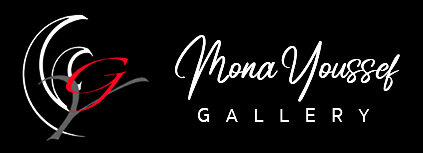Brain, Age and Creativity
Creative people use more of the right hemisphere of the brain which handles daily activities such as visualizing, painting, writing, talking, reasoning, discovering, learning, responding emotionally, imagining, organizing, composing and creating. Creating is described as combinational force with the ability to perceive matters/objects in new ways and make the connection to generate solutions. It requires passion, rich imagination and flexible thinking to be cultivated with intellectual strategy and produce innovative ideas/ projects. We have been equipped by nature, with brains that contain the needed abilities to use or lose.
The human brain is one of many marvelous creations. Every second, the brain receives about 100 million bits of information from the various senses and the mind can easily handle them all. There are two factors involved; First, in the brain stem there is small network of nerves, the size of a little finger. This is called the reticular formation. It acts as a Traffic Control Centre by monitoring the millions of messages coming, examining out the trivial bits and allowing the essential ones to be passed through for attention by the cerebral cortex. This network permits only a few hundred messages every second to enter the conscious mind. Second, it pinpoints our attention to the waves that sweep the brain 8 to 12 times per second. Theses waves cause a period of higher sensitivity so that when the brain notes these stronger signals, it acts accordingly. By means of these waves the brain scans itself and focuses on the essentials.
The wonder starts in the womb and the brain continues to grow, forming a network that includes about 100 billion nerve cells called neurons. Cells are separated by synapses and bridged by chemicals called neurotransmitters. These chemical signals are received at one end of the neuron and transmitted at the other end of the neuron by a nerve fiber called axon. The intensity of a signal depends on frequency of impulses. Experimental evidence believes that as we learn in early life the better connections are formed and more of the chemical bridging, the gaps between neurons are released. Reinforcing learning that strengthens the connections and produces more neurons and pathways. "The deeper matters are the more easily perceived by mature people who through use have had their perceptive powers trained." Research has revealed that unused mental powers fade away. Thus, the brain, like a muscle, is strengthened by use and weakened by disuse.
By age 80, the brain will have lost an average of 7% of its neurons. However, the brain compensates by increasing its crystalline intelligence and its ability to solve problems by previously, acquired knowledge and solutions. Experience proves to be the best teacher and is something aged people have more than of younger ones.
The more active one is, while aging, the more intelligence improves and the brain stays fit to generate new connections. Older people may suffer sometimes from "information overload" because of neuron loss that affects their short-term memories. However, once new materials have been learned, older people can remember as well as their younger colleagues. Acquiring new information activates long-term memories. Says one retiree who started his own company at the age of 65: "God has given us certain talents and he gave them to us to use." Several well-known artists and business professionals have done their best work after the age of 60. The pianist Vladimir Horowitz was not pleased with his performance at the age of 78. He retired and started to work on his performance at the age of 81 and made a triumphant return to the concert stage. Georgia O'Keeffe took up pottery in her late eighties when her eyesight became too weak for painting. At age 80, the Spanish painter Goya drew a picture of a very old man with the inscription "I am still learning." We all are still learning about the wonder of creation that is our brains.
©Mona Youssef - Realist fine artist
